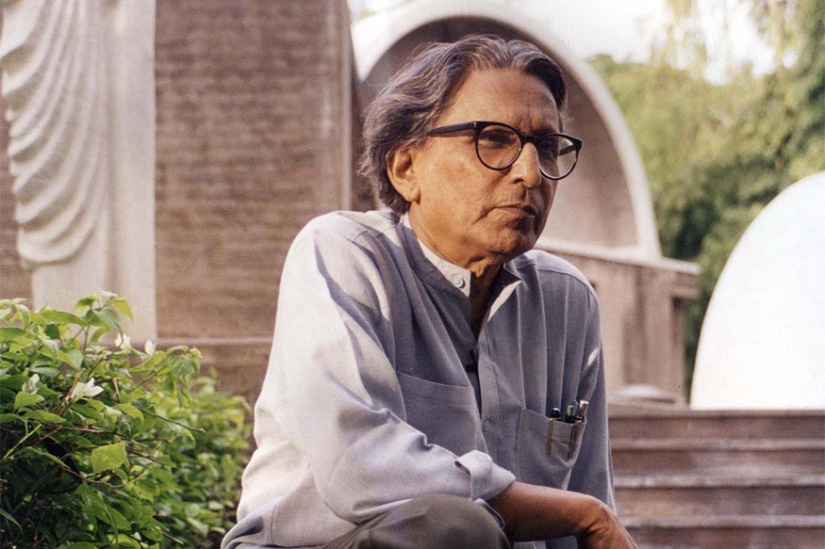The Royal Institute of British Architects (RIBA) will honour Indian architect Balkrishna Doshi with the 2022 RIBA royal gold medal. The 94-year-old, who lives in Ahmedabad, has been honoured for his “delightfully purposeful” architecture. This accolade comes nearly four years after Doshi became the first Indian architect to have bagged the prestigious Pritzker Prize in 2018.

In a career spanning more than 70 years, Doshi has completed more than 100 projects ranging from low-cost housing to administrative buildings and cultural facilities, each finely tuned to the local context and climate. In fact, he is known as the man who builds in harmony with nature and syncs each plan to suit the local climate, traditions and lifestyle patterns. His defining architecture of post-independence India is summed up as a combination of modernist principles with a deep understanding of local vernacular traditions.
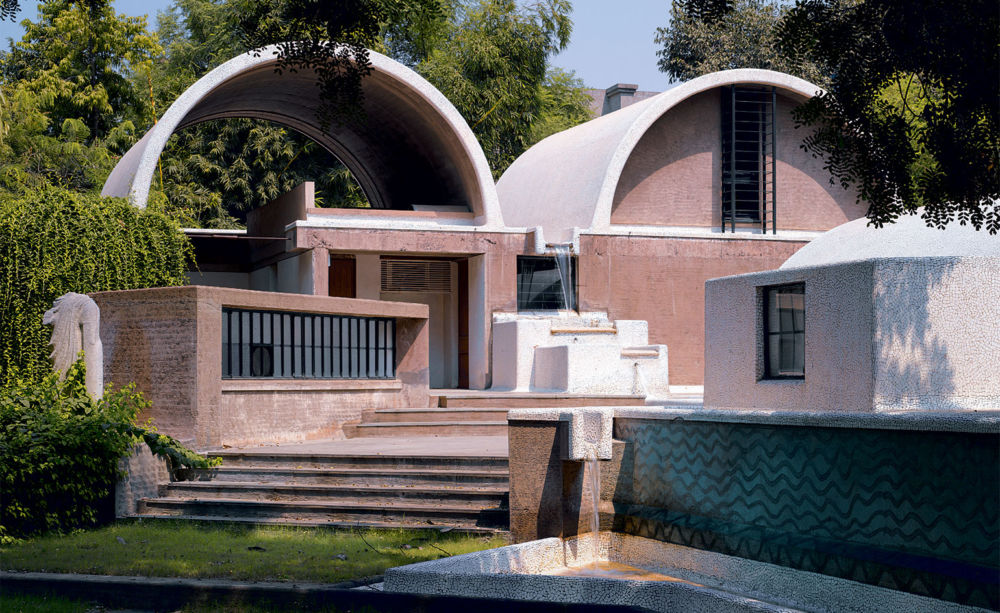
“In the 20th century, when technology facilitated many architects to build independently of local climate and tradition, Balkrishna Doshi remained closely connected with his hinterland: its climate, technologies new and old, and crafts,” as put by Simon Allford, RIBA president.
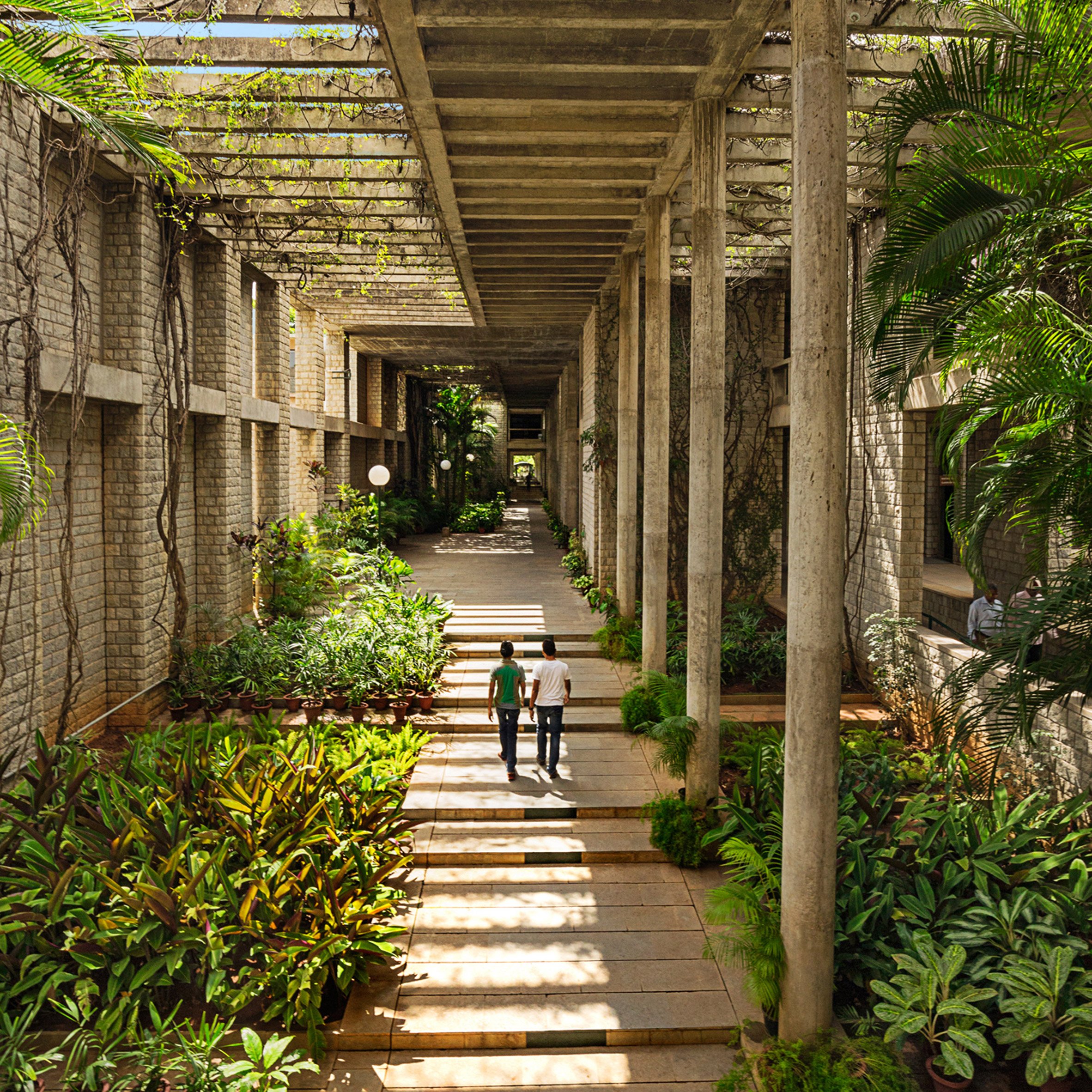
Born in Pune in 1927, his familial trade of furniture was what he though he’d get into. However, his interest in architecture took him to the famed J.J. School of Architecture in Mumbai in 1947. Three years later he was London-bound to study further where his engaging brought him in contact with Le Corbusier. He returned to India in 1954 to work on Le Corbusier’s plans for the new city of Chandigarh, as well as overseeing projects in Ahmedabad, including the celebrated Mill Owners’ Association Building and Villa Shodhan.
The influence of his mentor remains strong. “I vividly recollect his excitement to receive this honour from Her Majesty. Today, six decades later, I feel truly overwhelmed to be bestowed with the same award as my guru.”
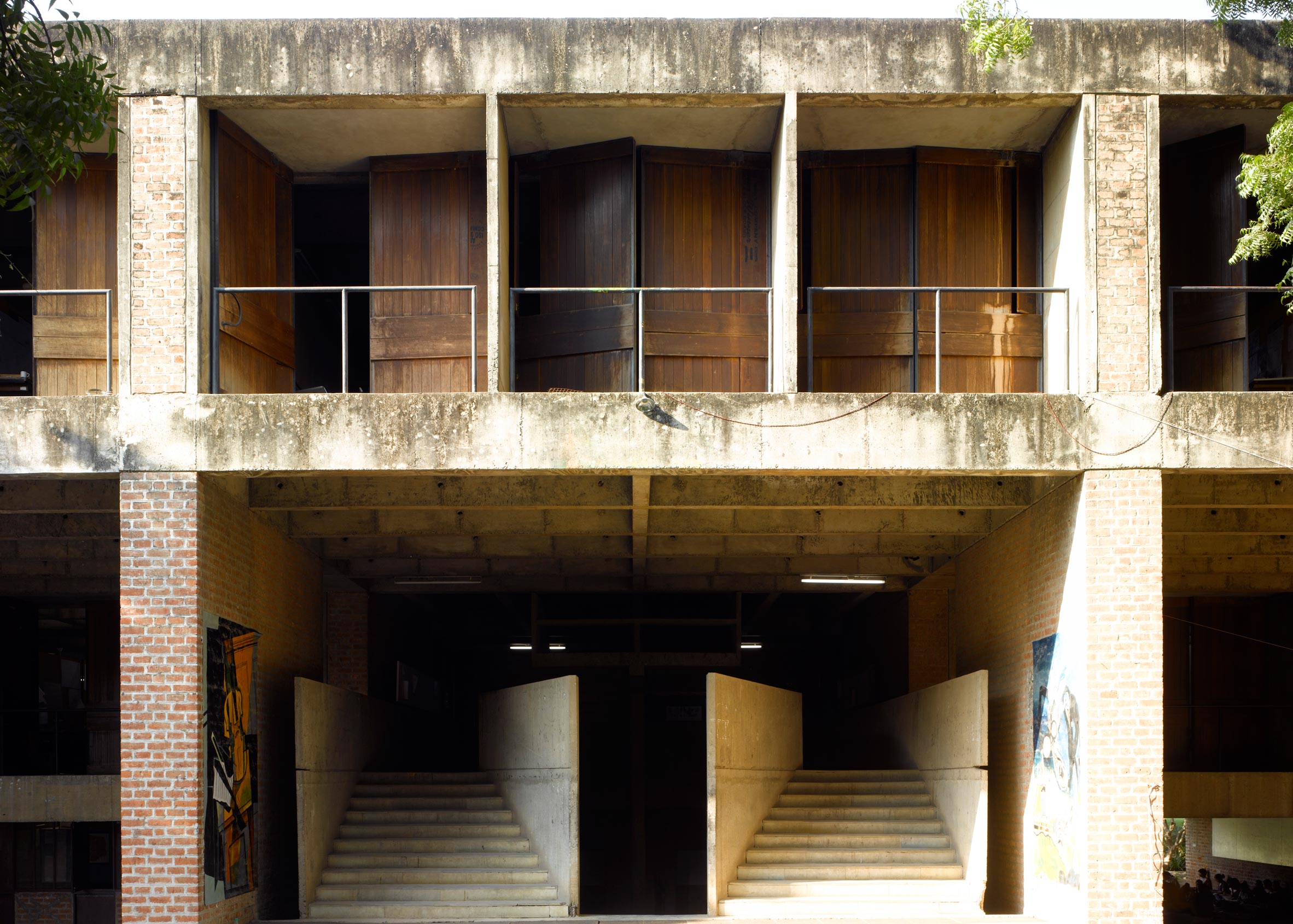
One of the last surviving connections to the great 20th-century modernists, Doshi also worked with Louis Kahn as an associate at the Indian Institute of Management in Ahmedabad.
In his words, Indian style has “constant elements of Indian architecture: the village square, the bazaar, the courtyard.” His own studio “Sangath” in Ahmedabad, built in 1981, stands as a condensed manifesto of these principles. As always, climate is at the core. His trademark buildings are half-buried in the ground, where they are better protected from heat, dust and monsoons, the vaults are made of ceramic pipes, covered in concrete and broken white tiles, providing insulation from the sun while shedding water in the rainy season.
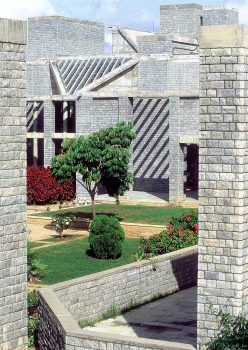
Doshi’s Aranya Low-Cost Housing, built in Indore in 1989, won the Aga Khan award for architecture, and was praised for its integration of mixed-income groups. It accommodates more than 80,000 people in a complex of houses and courtyards, woven together in a dense maze, with the homes designed with extension and adaptability in mind. The Indian Institute of Management in Bangalore (1977-1992) was similarly inspired by maze-like Indian temple cities.
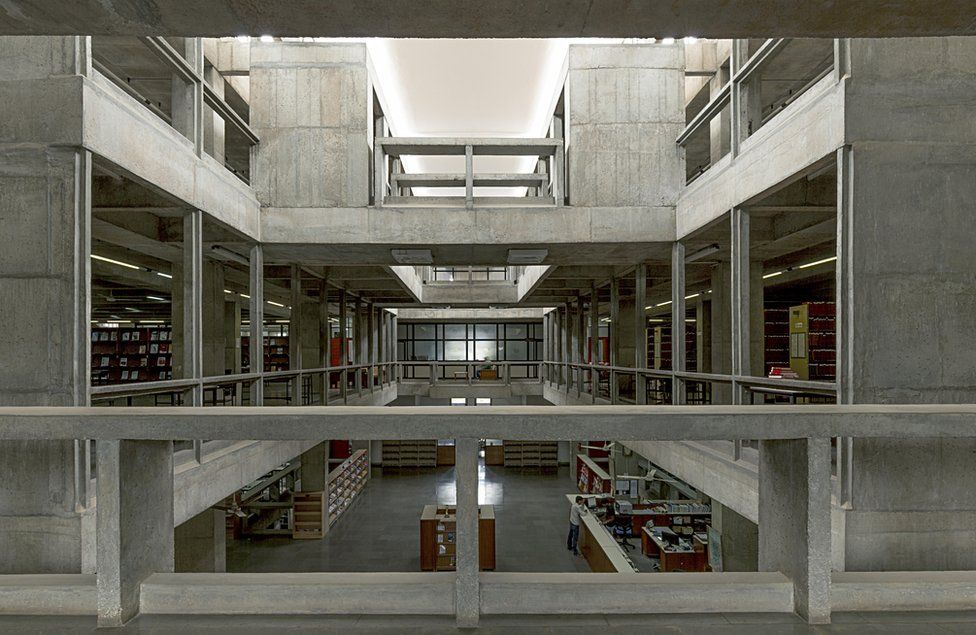
Taking a more organic turn in the 1990s, Doshi experimented with creating an underground cave-like complex for the Amdavad Ni Gufa gallery. Irregular tree-like columns support a roof of interconnecting domes, inspired by the shells of tortoises, clad in broken ceramic crockery. Daylight is brought in through snout-like openings, creating pools of changing light on the floor, conjuring a mystical atmosphere.
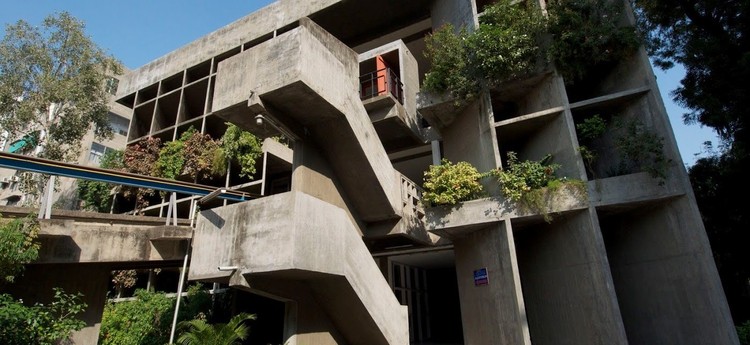
Teaching has also been a central part of Doshi’s practice. In the 1960s, he founded his own design school, the Ahmedabad School of Architecture (now known as CEPT University), with open-air classrooms and a focus on learning from context, which he led for 50 years. He is also a visiting professor at a number of universities around the world


